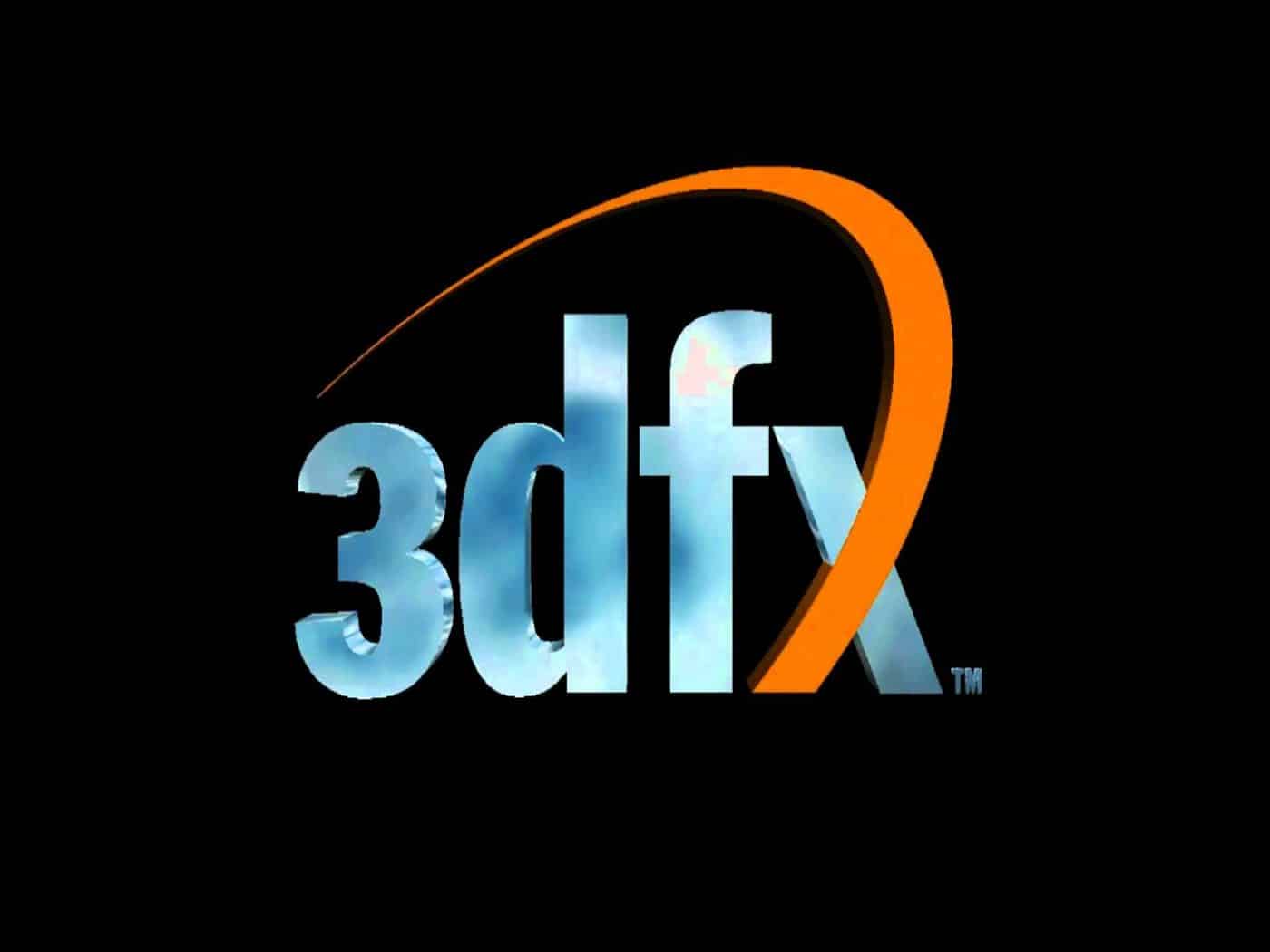I don’t know about you but when I first started to build my own computers all I wanted inside was a 3dfx graphics card. I’m not sure what it was, the awesome advertisements in PC magazines, the high price, or just the hype. Luckily I was able to build a few systems with 3dfx graphics cards before they went bankrupt and were eventually acquired by Nvidia. 3dfx definitely helped change PC gaming. 3dfx will probably always be remembered by computer and gaming enthusiasts so today we take a look back at the 3dfx graphics cards.
The Voodoo1
The Voodoo1 was 3dfx’s first jump in to the PC business and a daring one it was. On August 5th 1996 the Diamond Monster 3D appeared on dealers shelves. This graphics card featured a 50 MHz core/memory clock and had 4 MB of RAM! This card really showed the potential of 3dfx technology. One of the first tests showed a Pentium 200 MMX running Quake doing 41 frames per second at a resolution of 320×200. With the Voodoo1 this same test yielded results of 70 frames per second. At the time the Voodoo1 delivered the best frame rates out of all available consumer graphics cards.

The Voodoo1 also brought with it the Glide API. Glide was dedicated to gaming performance, supporting geometry and texture mapping primarily, in data formats identical to those used internally in 3dfx cards. The Voodoo cards were the first to offer performance to really make 3D games work well, and Glide became widely used as a result. There was a MiniGL driver developed specifically to allow hardware acceleration in Quake on 3dfx cards.
The one draw back to the Voodoo1 was that it was completely 3D, which meant you had to run it in tandem with a 2D graphics card. The 2 cards were connected by a VGA pass-through cable. When a 3D game was detected the Voodoo1 would be used to run the game.
The Voodoo Rush

The Voodoo Rush was released in 1997. It combined the Voodoo chip with a 2D chip so consumers did not have to fumbled with 2 different graphics cards. The Voodoo Rush had the same specifications at the Voodoo1, but the performance was not up to par with the previous card. This was because the 2D and 3D chips had to share bandwidth. Consumers saw a 10-20% performance hit compared to the Voodoo1. There was a rare version of this card that has a Cirrus Logic 2D chip that fixed the PCI bus collisions and memory interface problems. The sales of the Rush card were pretty bad and as a result the card was discontinued within a year.
The Voodoo2
The successor to the original Voodoo was released in 1998 as the Voodoo2. With the Voodoo2 3dfx took the competition by storm…again. The 90 MHz core and up to 12 MB of EDO RAM the Voodoo2 was now the fastest graphics card available. The Voodoo 2 had support for multitexturing thanks to the addition of a 3rd chip to the PCB. This feature resulted in up to 4 times better performance in games that supported multitexturing.

The Voodoo2 also brought with it the introduction of SLI, or Scan-Line Interleave which 3dfx called it at the time. This meant you could connect 2 Voodoo2 cards together, each would draw half the scan lines on the screen. SLI mode would not only give you a performance boost, but also it increased the maximum resolution to 1024×768.
The Voodoo Banshee

The Voodoo1 and Voodoo2 were high-end cards for serious gamers and enthusiasts as well as being 3D-only products. 3dfx needed a product to target the mainstream consumer market, introduced near the end of 1998 was the Voodoo Banshee. The Banshee would have been the ultimate card for consumers, but 3dfx limited it to only one texture mapping unit so it would not compete with the Voodoo2 which had 2 texture mapping units. It did have a faster clock speed up to 100MHz now. The Banshee was 3dfx’s first successful 2D/3D card as its 2D performance rivaled other products from Matrox, Nvidia and ATI.


